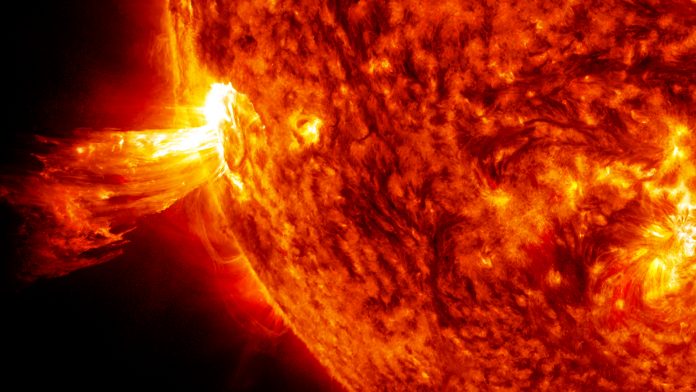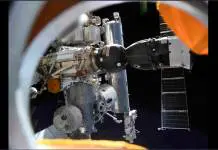
Scientists from NASA have come up with a new way to detect harmful solar storms in advance by using a new technique. Instead of tracking the Sun’s activity from space, they can do it on Earth at much faster rates and warn astronauts in time.
The new method may seem obvious to some, but there is some serious science behind it. Specialized instruments known as coronagraphs are needed to monitor the Sun’s outer plasma spectrum and emissions.
With this technique, NASA could warn astronauts currently in low-Earth orbit to take the necessary measures in the face of an upcoming solar outburst. Exposition to these harmful waves can be much more dangerous in space than on Earth.

Earth-based instruments have an advantage over satellites
Up until now, scientists have relied on in-orbit satellites carrying advanced space-weather equipment for tracking phenomena occurring millions of miles above the Earth.
However, in a recently published paper on the Space Weather journal, researchers are proposing to use Earth-based equipment to significantly speed up detection of harmful space anomalies, particularly those coming from the Sun.
People might think that this makes no sense given that our planet is protected by the atmosphere and further away than satellites currently in orbit. This would suggest that data obtained here on Earth would be less reliable than that from space.
The opposite is actually true due to a simple fact: data transmission. Whereas instruments onboard spacecraft relay information back to NASA in 20 to 30-minute intervals, ground-based equipment can detect phenomena in near real time.
Both satellites and observatories all depend on the same piece of equipment to monitor solar activity: a coronagraph. A coronagraph is a device that blocks the Sun’s disc to see only what is happening around it.
That area is called the corona of our main star, and it is where solar flares and storms are born. These outbursts can be harmful both for people and equipment, and they are projected to cause substantial damage to communications satellites in the near future.
With this new technique, scientists can find out about these dangerous events tens of minutes in advance in comparison with space-based weather solar monitors. NASA can then warn astronauts and other operators to best protect themselves from this phenomenon.
Solar storms could have a significant impact in the telecom industry as well as in energy plants. Powerful rays could bring down essential satellites in orbit, and the high spikes in temperature could cause billions in damages across several sectors.
NASA plans to send a special satellite as close as possible to the Sun in 2018. The Solar Probe Plus will be just 4 million miles away from the star once it reaches its limits, and it will stand unprecedented heat and radiation to unveil the mysteries of the bright ball of fire.
Source: NASA











